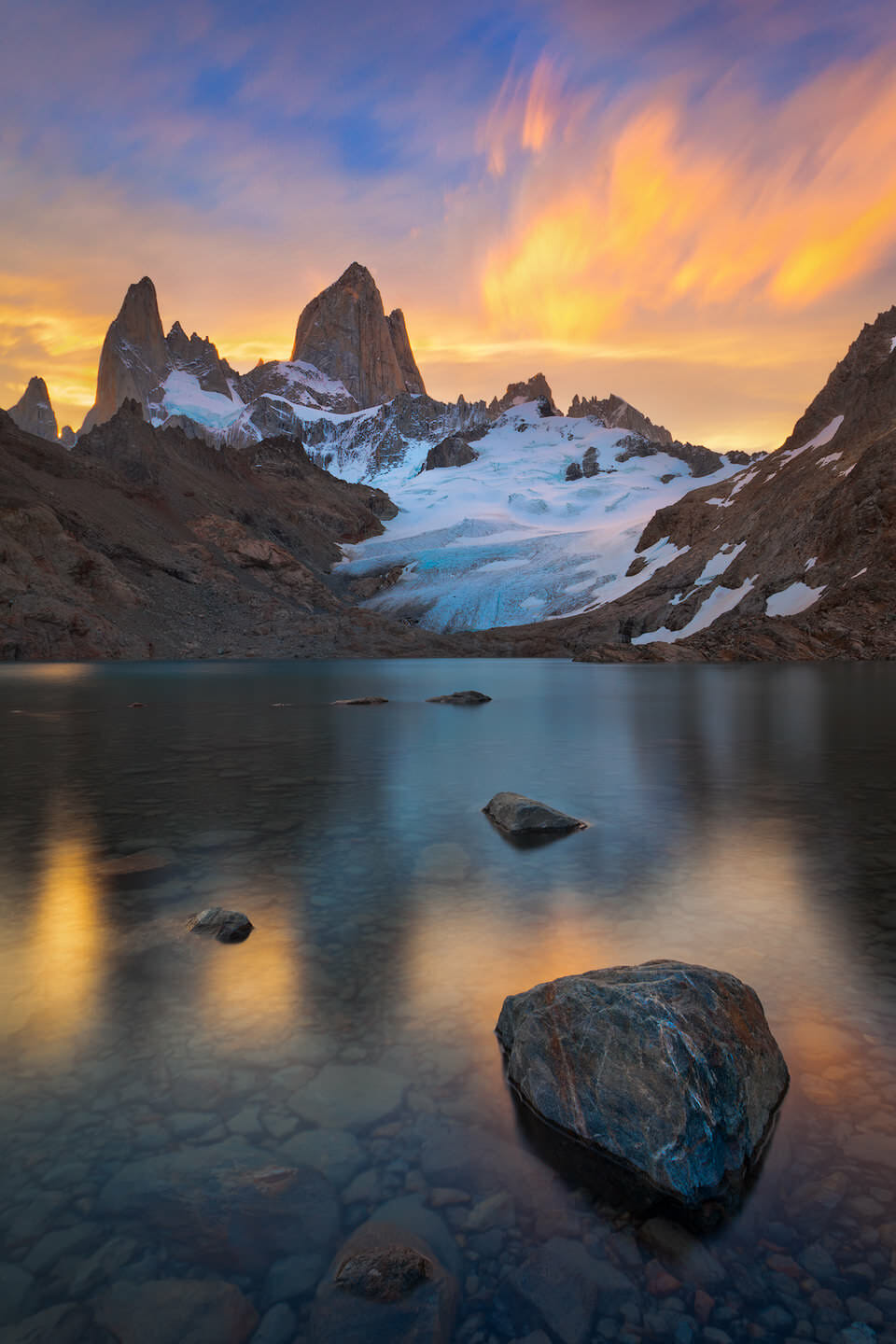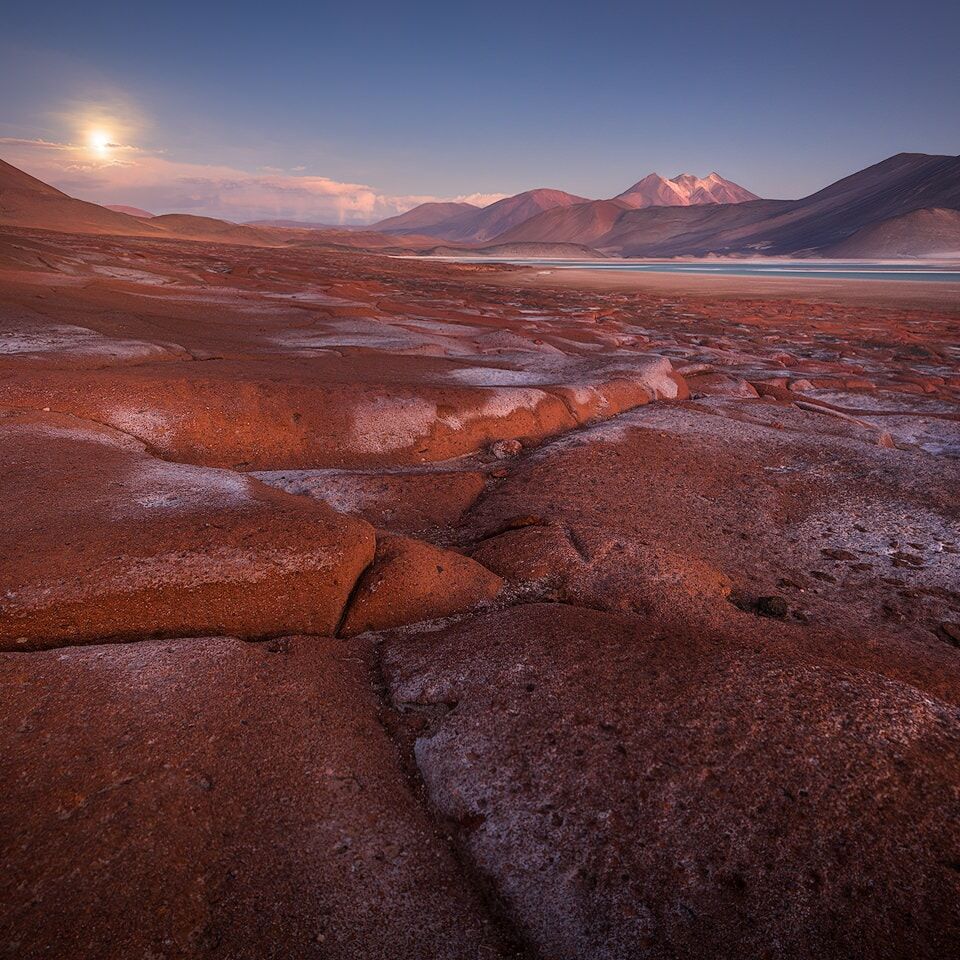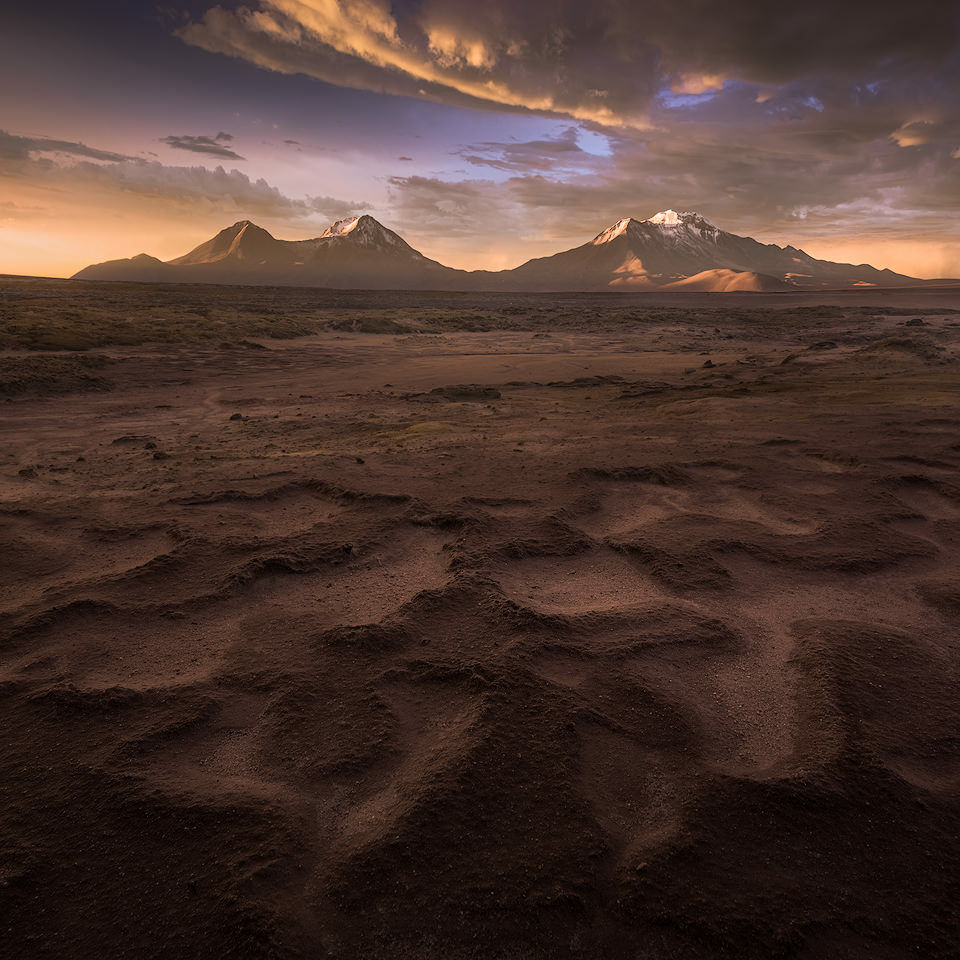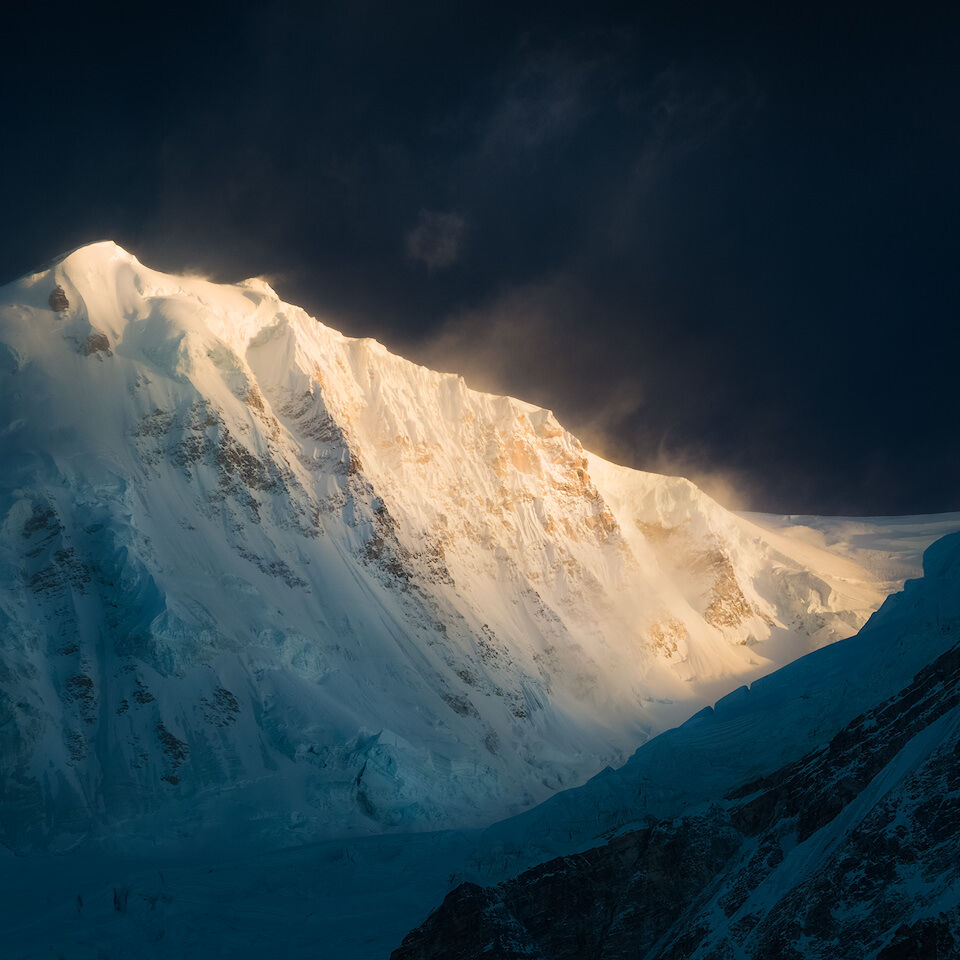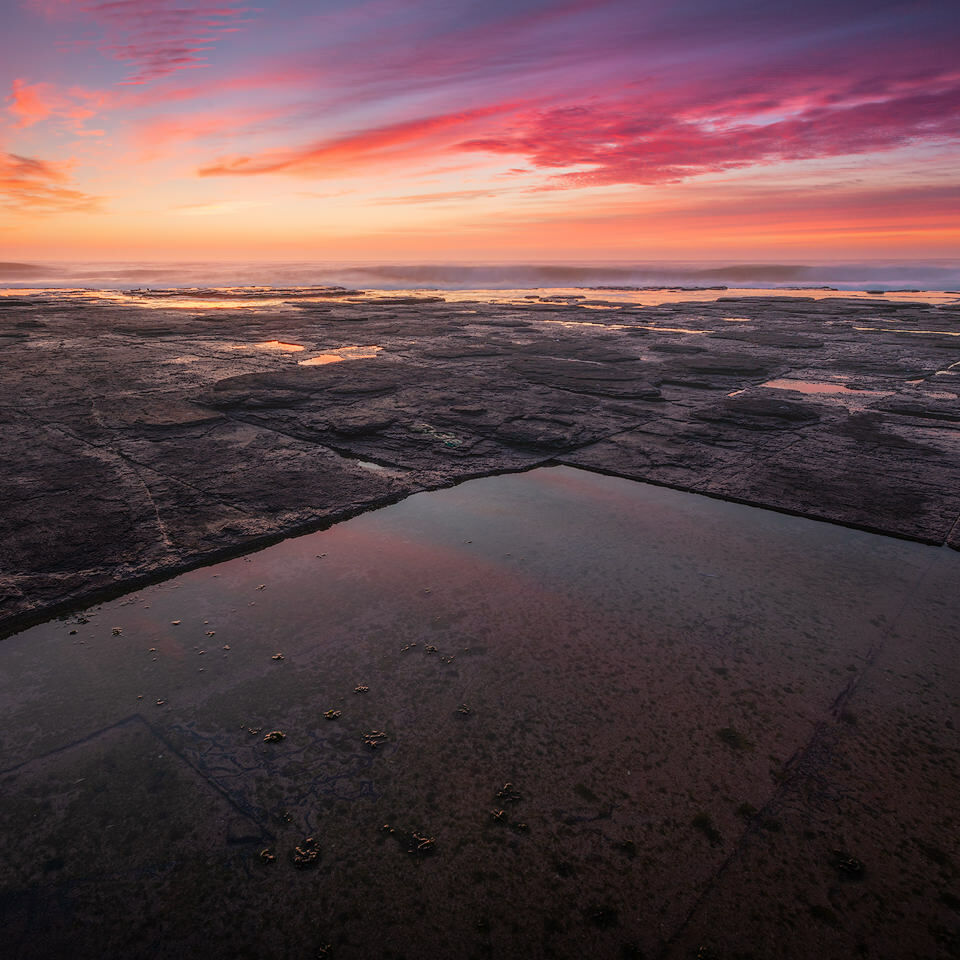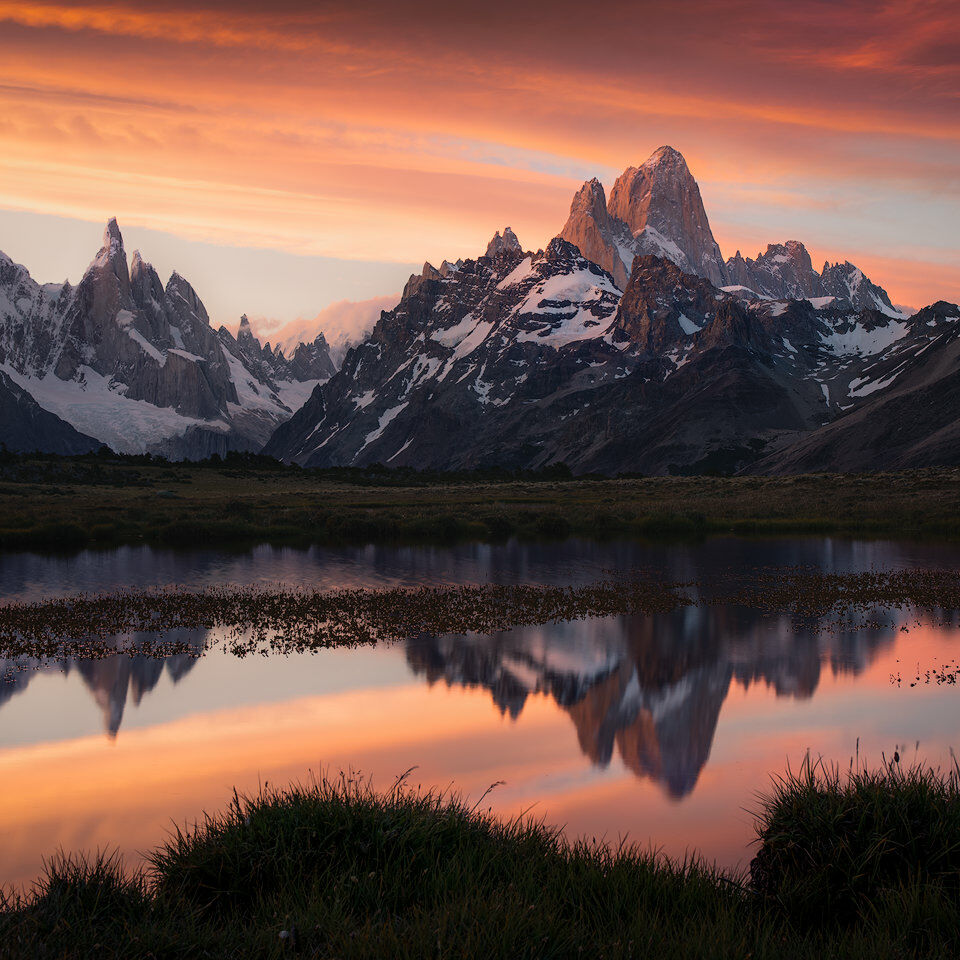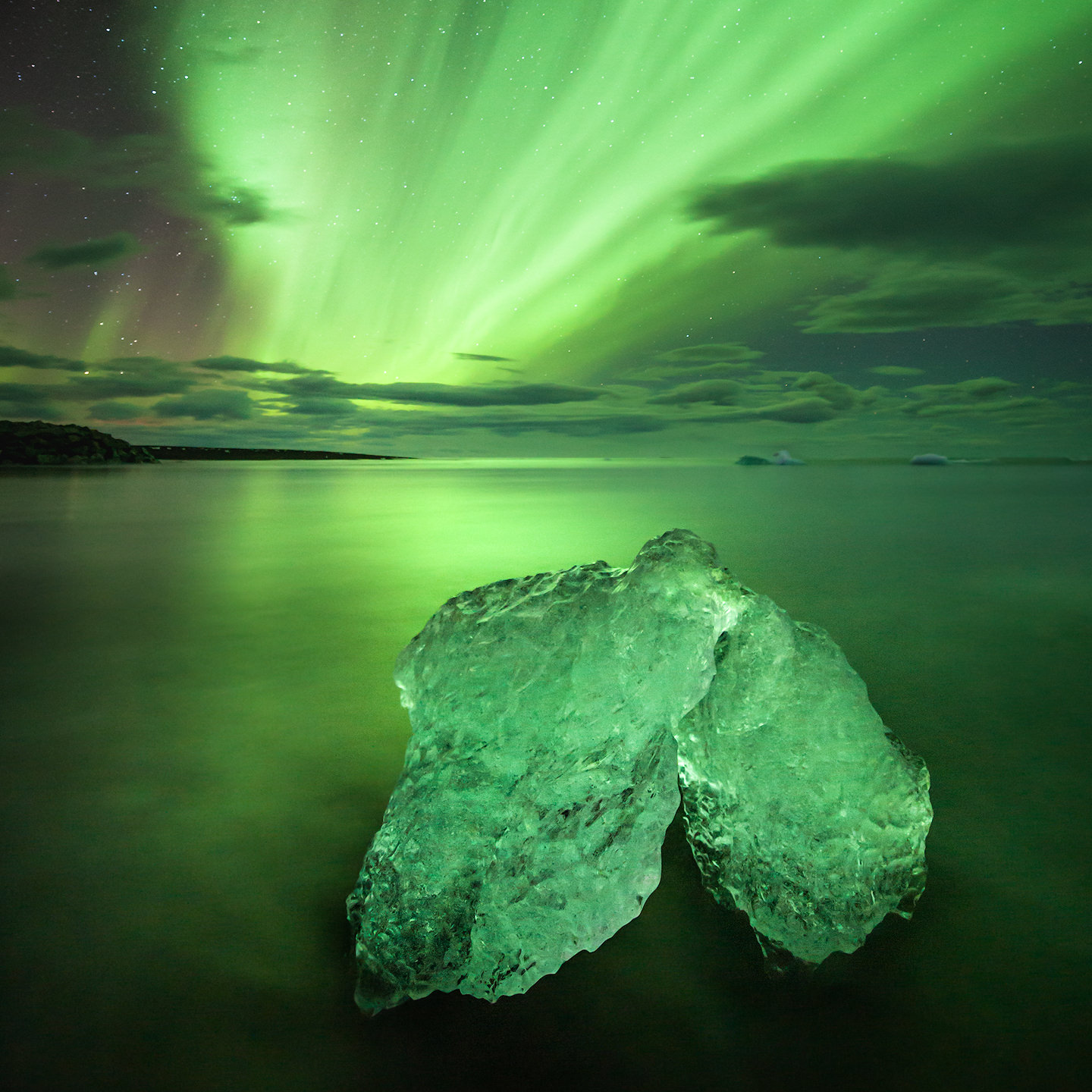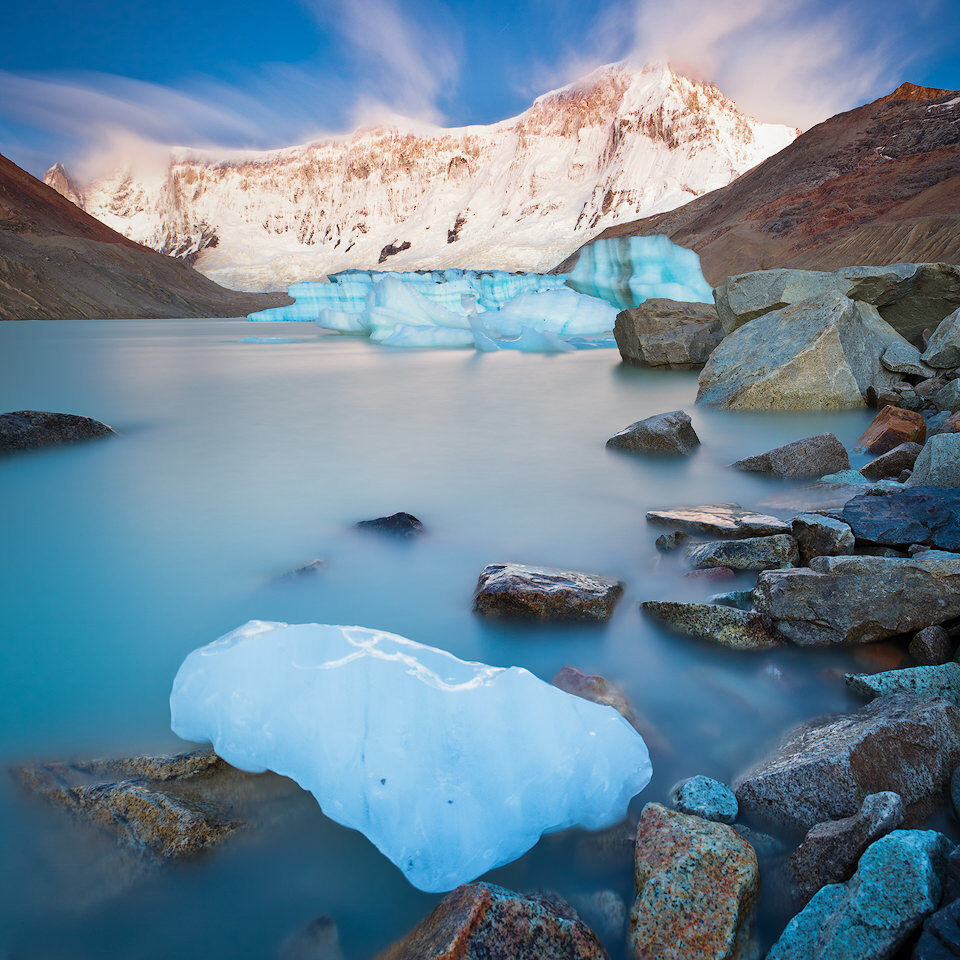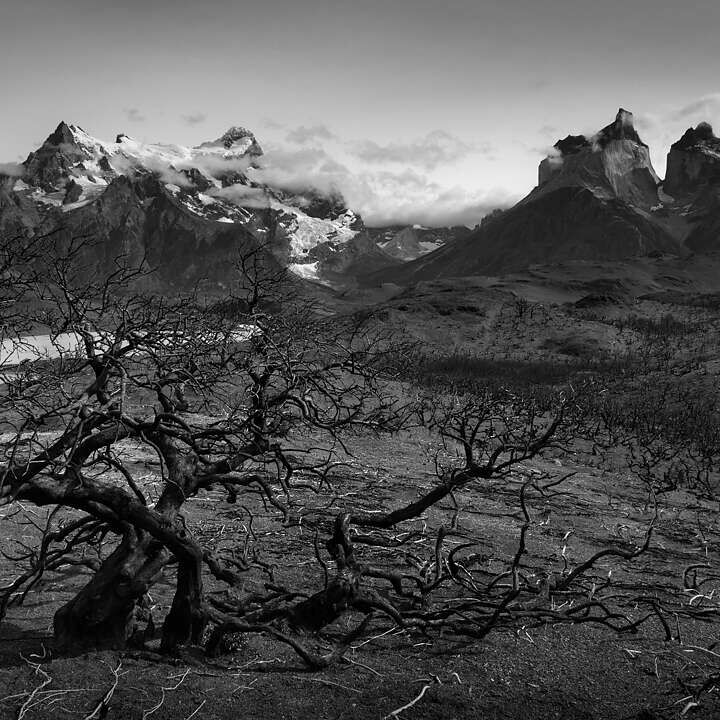After breakfast we left El Chalten for Fitz Roy basecamp. Campamento Poincenot as the campground is also called is a 4 hours walk away from El Chalten. We followed a quite steep path that passes a lookout with a great view of the Fitz Roy massive. A stiff wind was blowing when we reached the lookout and despite the sun being very powerful it was rather cold. So we hurried on to the campground.
When we reached Campamento Poincenot we were a bit surprised to find around 50-60 tents and lots of trekkers. We had not expected to find that many people in a remote place like this. There were people from all around the world. Some were well equipped climbers and some were totally inexperienced tourists to say the least. Personally I think it’s good that a lot of people get to experience nature that way but I often doubt that some people realize where they are and what they are doing. I think that lots of travelers don’t know enough about nature and the environment. For some it is important to experience nature to learn their lessons, but some will never learn. The way they are traveling the world (including remote places), just following their guidebooks, makes me sick. I am not a purist but I am strictly against spring-break mentality in remote places. I don’t want to listen to any music, be it good or bad, when I’m in the mountains. And I don’t want to have any liquor-drinking morons singing the whole night in a tent next to me.
To set my anger aside, I continued to climb after we had set up our tent. I followed the path to Laguna de los Tres. The path is very steep and it took me more than one hour to climb another 400m. Despite I only had my photo equipment and something warm to wear with me I was dripping with sweat when I reached the small lake below Fitz Roy. From there I had a great view of Cerro Fitz Roy and the surrounding peaks. After a short chat with two canadians, that had decided to spend their night up there, I descended to the shore to set up my tripod.
Chaltén as Fitz Roy was called by the indigenous people is a peak of 3.406m and is well known amongst climbers all around the world. Not only is it a great mountain to climb but also to photograph. Patagonia’s climate and strong winds are two important ingredients for spectacular cloud formations and sunrise/set colors. I was lucky that evening and experienced a great light show. The wind that had blown all day was almost gone and it was unexpectedly warm. I was glad being alone again up there and stayed way past sunset before I returned to the camp. Fortunately most people had gone to sleep when I came back. I set my alarm for three hours before sunset, but little did I know, I wouldn’t have needed an alarm anyways…
For anybody spending some time in remote places I do recommend to follow the advice of Leave No Trace and if you would like to know more about how guide books are written I recommend to read Thomas Kohnstamm’s “Do Travel Writers go to Hell?”.
Laguna de los Tres
Parque Nacional los Glaciares
Patagonia
Argentina
Canon EOS 5D Mark II
Canon EF 17-40mm f/4 L USM @ 17mm
ISO 50, f/22, 30 seconds
GND, ND
Gitzo Tripod
17. February 2011
Sunset
I’m proud to anounce that this image has been selected to be the on cover of “Landscape Photography Magazine” (Issue 7, September 2011).
Related Posts
Breathing Space
01/12/2020
The End of All Light
22/07/2015
Kabru’s Awakening
03/10/2013
Perpendicular Dream
02/11/2012
